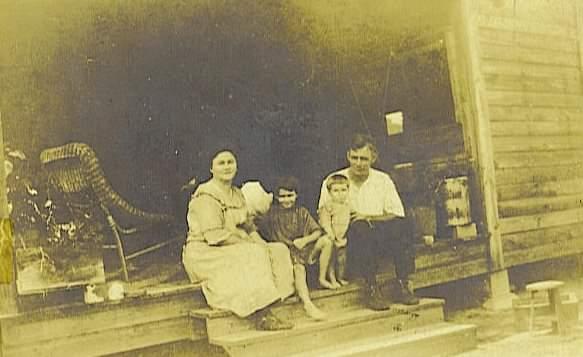8/24/2020 (The Master's Thesis)
Structuring for Success:
Church Association Sunday School Management in Depression Era Florida
In the Baptist denomination, volunteers accomplish most church work especially in
Sunday Schools where teacher and superintendent positions were, and still are, unpaid.
During the Depression, Florida Baptists raised money for outreach like post-secondary
education and the orphanage, while Sunday Schools were left either unmanaged, or
supervised by unsalaried staff. According to available literature and primary sources from
the Southern Baptist Convention, the Florida Baptist Witness, and more than twenty local
Baptist Associations, interest in Sunday Schools among Florida Baptists increased,
despite the Depression. This study reviews each association and compares five groupings
of associated churches: those with no management strategy, those with church-level
superintendents, those that took an associational organization approach, those that hired
part-time associational workers, and those with full-time Educational Directors. The
conclusion shows that there was more growth (as judged by the opening of new Sunday
Schools, more attendees, the organization of Vacation Bible School classes, or number of
teachers) as associations became more organized.

-----------------------
This piece was actually first drafted as a paper for one of my American History graduate classes. It was requested for the Mult Dems letter, however, and so ended up being published there.
Employment Reform: For Adult, Able-bodied Males
As industrialization began to flourish in the United States, the way that Americans made a living shifted drastically. While people still worked in professions, and as artisans, many more began to work for employers for wages, in environments that were often unsafe, exploitative, or in other ways subjected them to unfair working practices. While many workers were helped by the advent of unionization beginning in the early 20th century, most of the legislation that came from these reforms looked at workers through the lens of men as the family breadwinners without taking into equal consideration workers who were children, women, and disabled people. Since many of the laws passed that greatly improved the lives of able-bodied adult male workers were signed decades ago, there is a resistance to further legal protections that would support these groups.
For much of human history, children worked alongside their parents on farms, in cottage industries, and as apprentices in trades. Since the founding of this country, the idea that children should work to earn their keep has been very popular and this notion, in conjunction with a fear of idleness spoiling or ruining young people, led to laws and statutes requiring parents to provide a certain amount of useful labor for their children, or to send them off to work as servants or apprentices elsewhere[1].” Indigent youth, those who were orphaned, or children of poor families were provided for by being taken into workhouses and taught trades, as far back as Jamestown and the Massachusetts Bay colony, to prevent them from becoming a drain on society. Indeed, until the end of the Civil War there were almost no functional child labor laws, and the first laws, like the one written in 1842 limiting a child’s work to only 10 hours a day, and another one in the same period requiring a minimal amount of schooling almost never being enforced[2].
-----------------------

